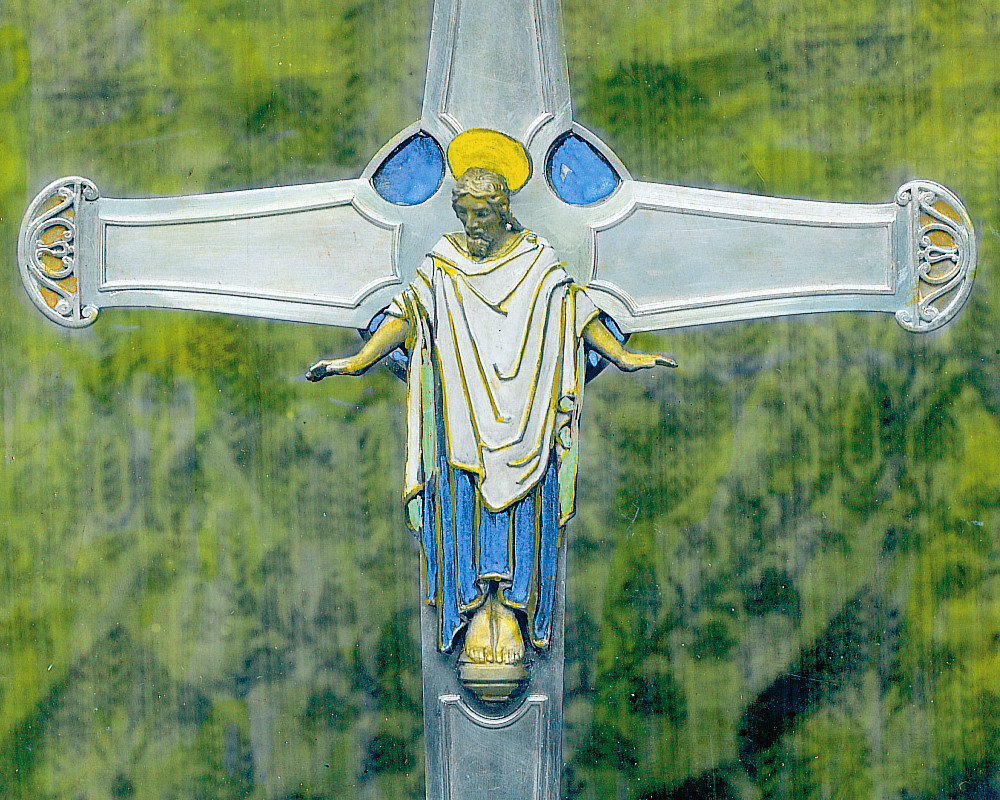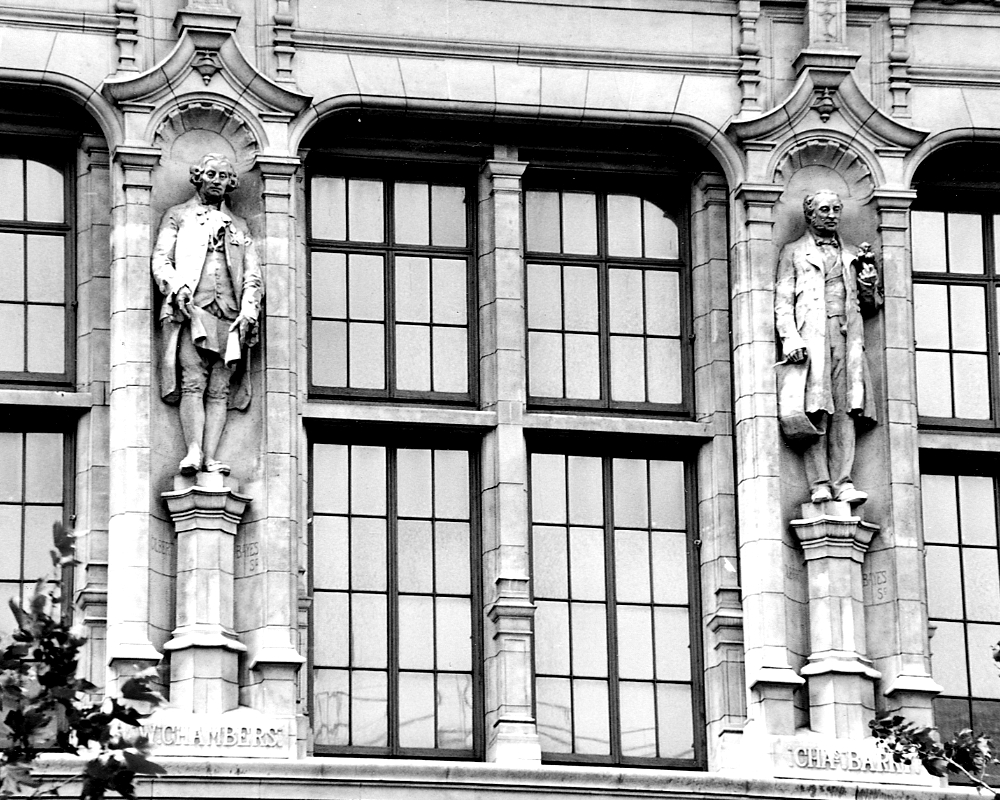

The end of the nineteenth century marked a developing enthusiasm for the Arts and Crafts movement. Gilbert Bayes had a strong belief that the artist should serve the community and serve it well.

In 1923, after working in conventional materials, Bayes began experimenting with a colourful ceramic body known as polychrome stoneware, which was made at the Royal Doulton pottery in Lambeth.

Following the aftermath of the First World War, there was a great need to commemorise those who had fallen in battle and whose bodies could not be brought home.

Gilbert Bayes was passionately in favour of sculpture that was accessible to the man in the street without sacrificing art or integrity whilst also being intelligent and interesting to his intended audience.

In 1899, Gilbert Bayes executed his first portrait sculpture, which was a marble bust of Sir Richard Moon, Chairman of the London and North Western Railway.

Gilbert Bayes exhibited one or more sculptures at the Royal Academy virtually every year for over half a century between 1889 and 1944. Since he had incorporated inscriptions into his earliest reliefs, his involvement in medallic work was a natural progression.